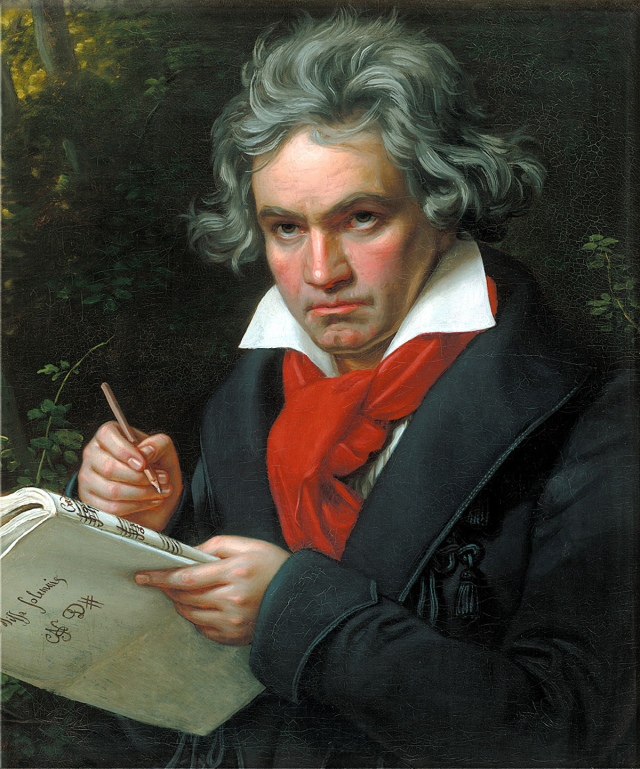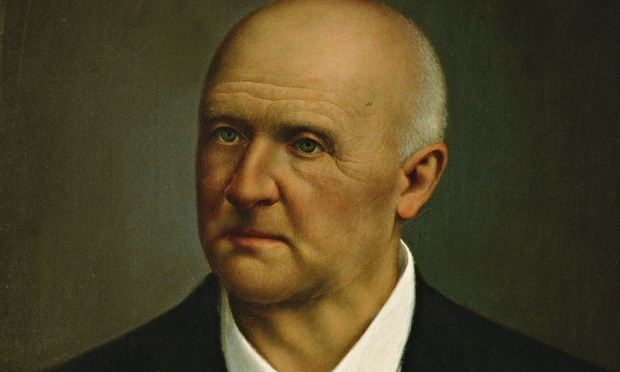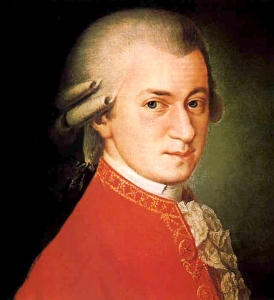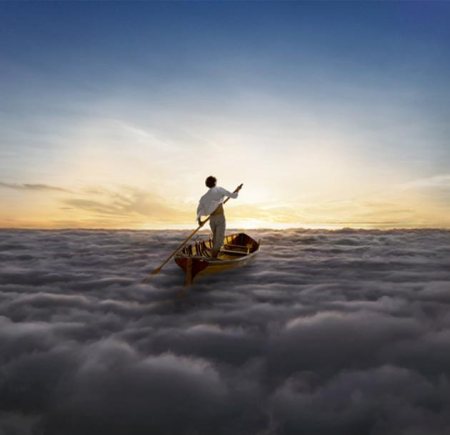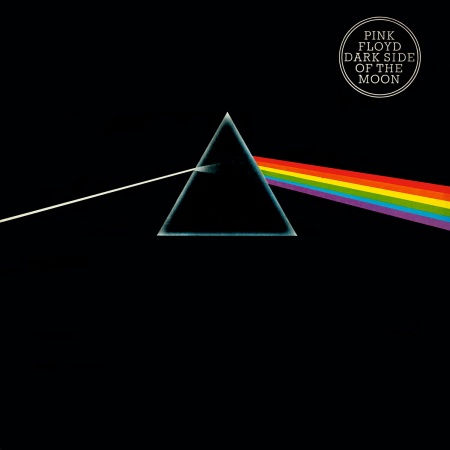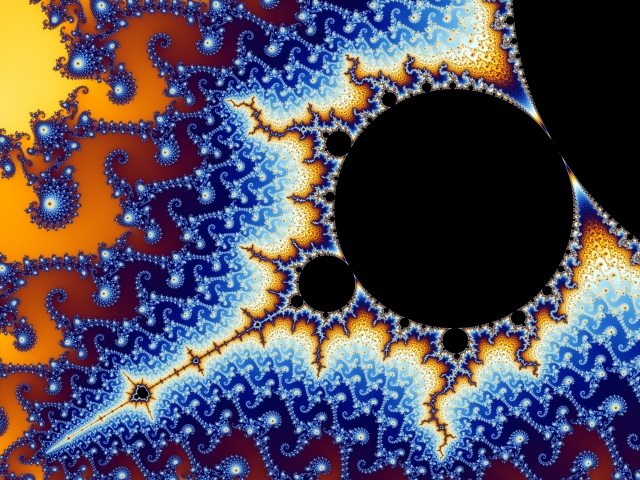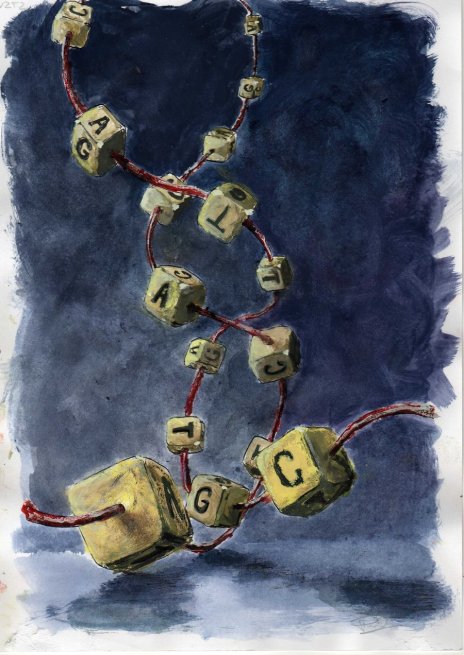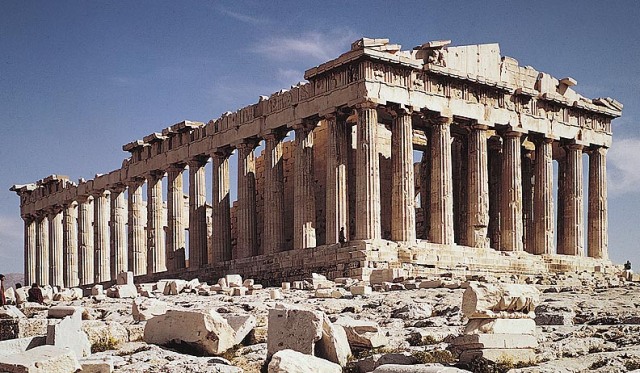This is the second half of a two-part post, in which I propose my personal list of the ten best classical composers of music history. If you have missed part one, which include composers from position 10 to 6, you can read it here. As expected, the first half of this list provoked quite different reactions. Some readers found it agreeable, others didn’t… to say the least! The post led to a few constructive discussions in which we exchanged ideas and opinions, and that was great. Now, let’s move on to the top five.
5. Pyotr Iliyich Tchaikovsky
Tragic, bombastic, exaggerated are just few of the adjectives needed to describe Tchaikovsky’s music. But, where did this music come from? It’s probably the result of a tormented existence. It wasn’t easy for a homosexual to live in 19th century Russia, and Tchaikovsky had to conceal his sexuality throughout his life. This eventually took him on the verge of mental breakdown several times and perhaps it was the main reason why he supposedly committed suicide. His music is Russian in all of its aspects: pure drama mixed with goliardic elements, folk tunes and dance. Listening to Tchaikowsky’s work is a bit like reading the masterpieces of the Russian writers of the 19th century like Gogol and Dostoyevsky. The experience throw you in a parallel world with its own original rules, colours and flavours. Above all, Tchaikowsky was a master of orchestration who knew how to bring out the specific effects he had in his mind from the orchestra. His musical legacy is immense. The Violin Concerto is a magnificent example of how to use virtuosity for musical means. The fourth, fifth and sixth symphonies are monuments to the transience of human life.
4. Frederic Chopin
Although he focused mainly on compositions for piano, Chopin deserves to be in the top 5. The Polish composer brought innovations in style, harmony and form which had a major impact on the musicians who came after him. Chopin’s work mixes elements of art music with elements of Polish folk music. The result is a highly personal musical style. His piano production is vast and includes: sonatas, waltzes, mazurkas, piano concertos, preludes, nocturnes, scherzos, polonaises, impromptus and etudes. Lightness is the word that best synthesises Chopin’s work. And by it, I mean the notion of lightness proposed by Italo Calvino in his Six Memos For the Next Century, which isn’t a defect, as many of us might believe, but rather a great value. Lightness is synonymous of flexible, weightless, mobile, dynamic. But it’s different from superficiality. And if you want to find the quintessence of lightness in Chopin’s music, listen to his nocturnes. These 21 short gems are the perfect result of a compositional process characterised both by improvisation and thoughtful decisions. Chopin in a nutshell!
3. Igor Stravinsky
Stravinsky has been one of the most versatile composers of all time. He was educated in the tradition of the great composers of the past, but as soon as he grew up he left this known territory and started experimenting. In his russian period (1907-1919), Stravinsky composed seminal works such as the the Firebird and the Rite of Spring which contain numerous Russian folk tunes. With the Right of Spring, Stravinsky redefines the boundaries of music by expanding the instrumental possibilities of the orchestra as well as by putting rhythm at the centre of the music. The rhythms he employs are wild, uneven and unheard of in art music. And this shook the musical environment of the time, perhaps as much as Schoenberg did with his own pitch-based musical revolution. The focus on rhythm is the thread that bounds all of Stravinky’s compositional periods. During the neoclassical period (1920-1954) the Russian composer reinterpreted traditional classical music adding his personal touch. In his final serial period (1954-1968), although the composer used strict compositional techniques, the music he created remained unmistakably Stravinskyan.
2. Ludwig Van Beethoven
Beethoven was the composer responsible for moving music from the classical period towards the romantic era. What’s more astonishing about the German composer is how much his music evolved throughout his life. If you take a look at the first piano sonatas he wrote, for example, and compare them with the ninth symphony and the final string quartets, it’s pretty difficult to believe that the musician who created all of these works was the same. The difference between these pieces is just extraordinary! Beethoven’s started his first compositional period writing music highly influenced by Haydn and Mozart. In the middle period, he extended the classical language, and in his final period he eventually completely transcended the music of his time. Some of the experimental ideas on form and harmony he came up with, took decades to be fully digested by critics and other composers. He’s probably the musical figure who had the major impact on future generations of musicians.
1. Johann Sebastian Bach
What’s so special about Bach that makes him the greatest of all? Development and balance. Let’s take The Art of Fugue to illustrate these two points. The Art of Fugue is a late work which can be seen as the end point of an ongoing experimental process started by Bach in his teens. This work features 14 fugues and 4 canons all built around a single musical idea, named subject. Bach’s ability to develop this single theme throughout the work is impressive. What he does is actually quite simple to describe with words: he assigns the subject to different voices, transforms it, and creates other melodic lines that get along with the main idea. Moving from one piece to another he gradually increases the complexity of the compositions, by introducing more voices and by relying on more elaborated contrapuntal techniques.
Here comes balance. All the multiple voices Bach employs have almost the same musical weight, and although they are completely independent, they all concur to build a unified musical idea. Other composers work in a similar manner, but none of them reaches the level of perfection attained by Bach. And of course, The Art of Fugues is just one of countless masterpieces by the German composer which exploit these ideas. Here are just a few others: The Goldberg Variations, St. Matthew Passion and The Musical Offering. If you want more information about The Art of Fugue, take a look at this post I wrote a while ago.
We are at the end of this two-part post where I’ve proposed my personal list of the ten greatest composers of all time.
Do you think my list is ok? Which composers I left out that you would include?
